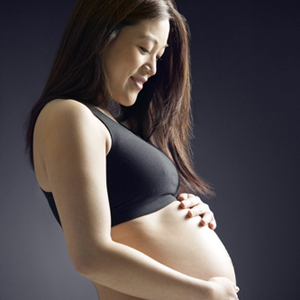 The debate over a one-step or two-step approach to the diagnosis of gestational diabetes continues with a renewed call for Australia to switch track in order to avoid potential overdiagnosis.
The debate over a one-step or two-step approach to the diagnosis of gestational diabetes continues with a renewed call for Australia to switch track in order to avoid potential overdiagnosis.
A Perspective article in The MJA said Australia has largely adopted the one-step International Association of the Diabetes and Pregnancy Study Groups (IADPSG) approach of identifying GDM with a 75 g fasting oral glucose tolerance test (OGTT) – and should reconsider.
The alternative is the Carpenter–Coustan two‐step criteria of a 50-g non-fasting oral glucose challenge test followed by a 100 g fasting OGTT for women who screen positive.
In practice, the situation has been complicated during COVID-19 with “many health services reverted to a two‐step process to minimise the number of women needing the prolonged contact of an OGTT.”
The Queensland authors, Professor Jenny Doust, Professor Paul Glasziou and Associate Professor Michael d’Emden, said the RCT evidence was that a one-step approach effectively doubled the rate of diagnosis of gestational diabetes
The RCT, published in the NEJM and reported in the limbic last year, found gestational diabetes was diagnosed in 16.5% of women assigned to the one-step approach compared to 8.5% of those assigned to the two-step approach (RR 1.94).
This was despite similar rates of perinatal and maternal complications in both groups of women.
The MJA article said overdiagnosis of gestational diabetes involved “considerable potential for harm, including life disruptions for the women diagnosed, psychosocial burdens, a risk of more invasive forms of delivery…, and potential harms to the infant from restricted diets and the use of insulin, including an increased risk of neonatal hypoglycaemia.”
The authors said the one-step criteria was introduced in Australia without evidence of benefit, with significant risks of harms and considerable burdens to women and health care systems.
“About 25% of pregnancies diagnosed with gestational diabetes in Australia are affected by this change in the diagnostic criteria. We believe that the results of the American trial require an urgent need to revisit the diagnostic criteria used for GDM in Australia,” they concluded.
Professor Doust, from the University of Queensland’s School of Public Health, told the limbic that given some switching between approaches in response to COVID-19 waves, now was a perfect time to reconsider the evidence.
“I would have thought it was very sensible in the current situation for hospitals to be switching to a two-step procedure and avoid people having to be in outpatient clinics for long periods of time.”
“I think the evidence is as good as we are ever going to get – a very large well-conducted RCT of the type that has been done. What more evidence do you want?”
She said she believed endocrinologists were very concerned about the possibility of missing a woman with gestational diabetes whereas primary care practitioners had a more holistic view and understood the additional burden of overdiagnosis on women.
“It’s so disruptive to women and their pregnancies,” she said.